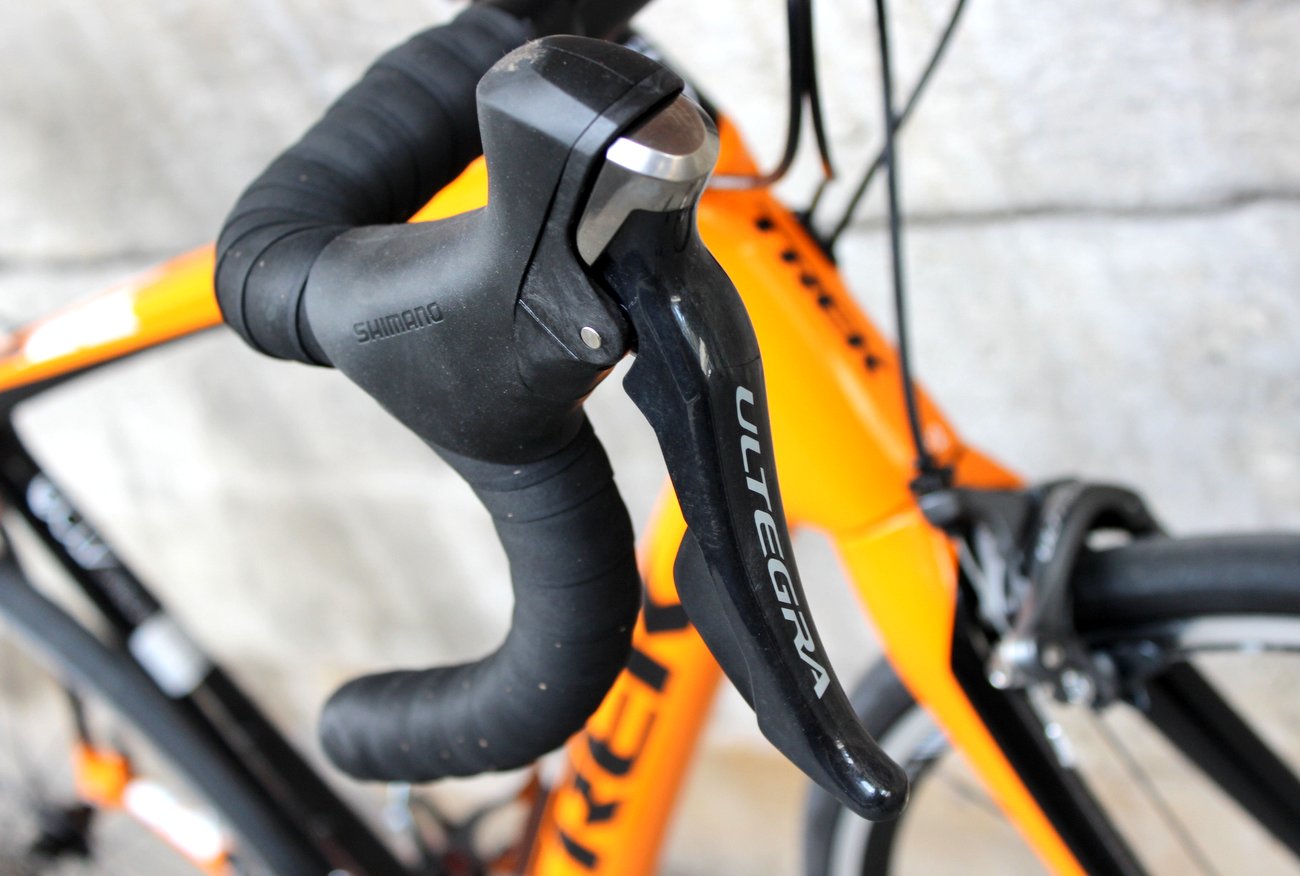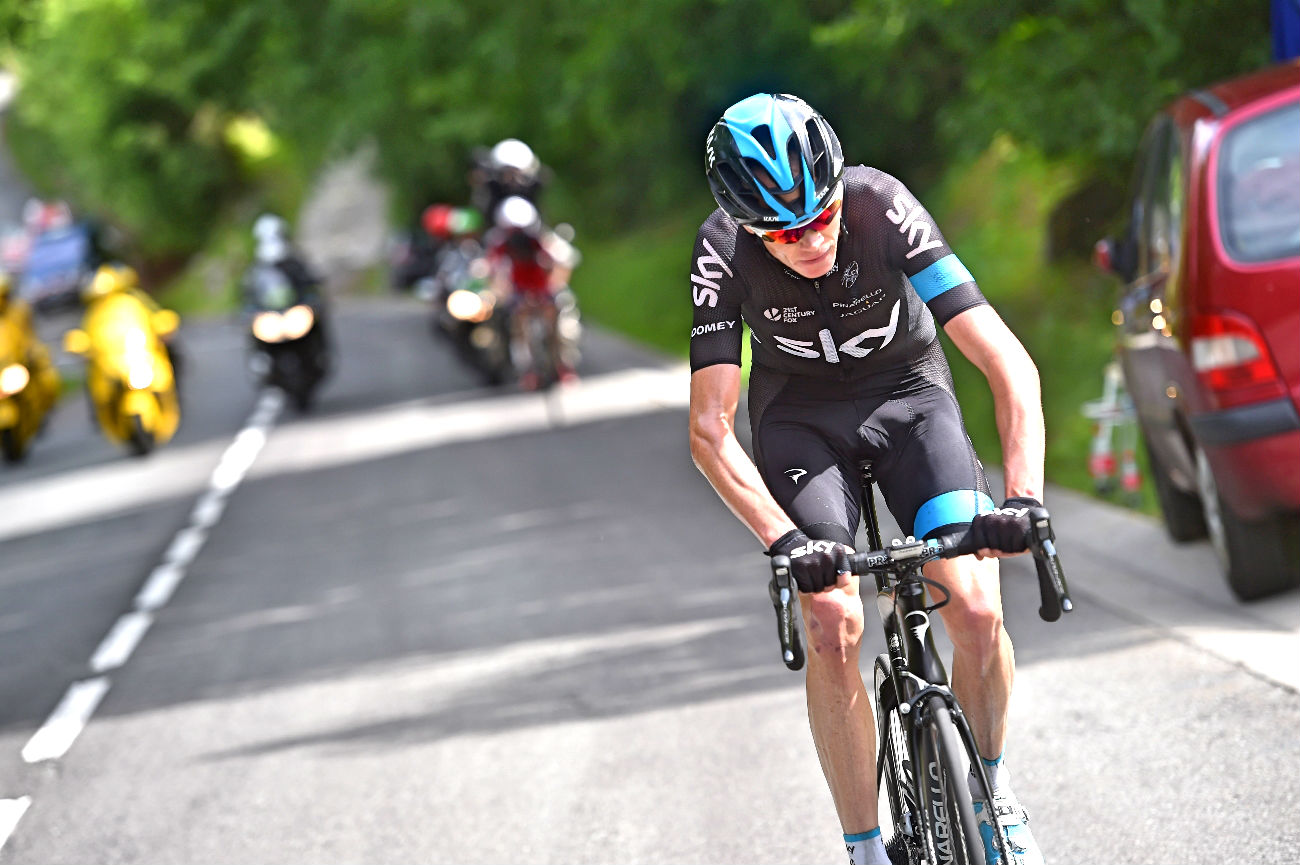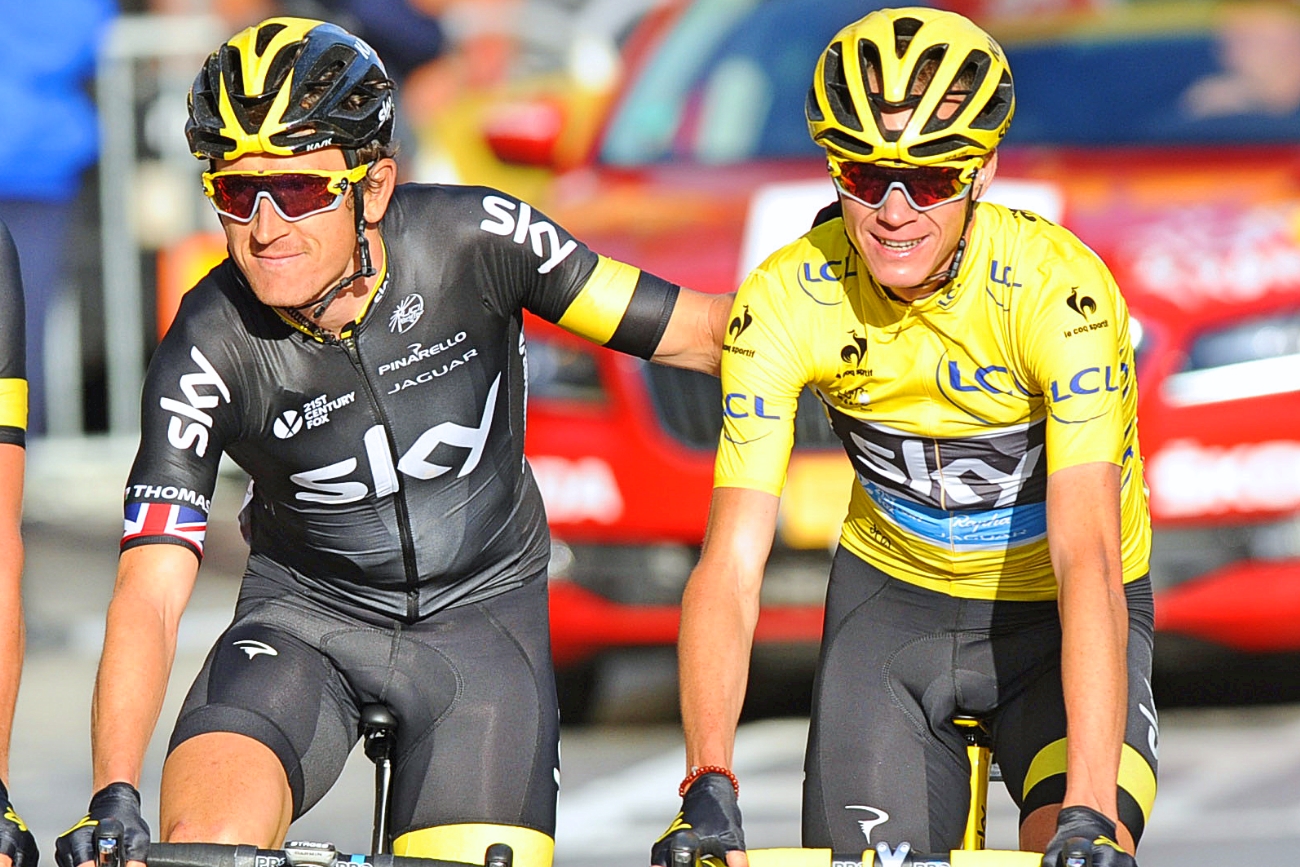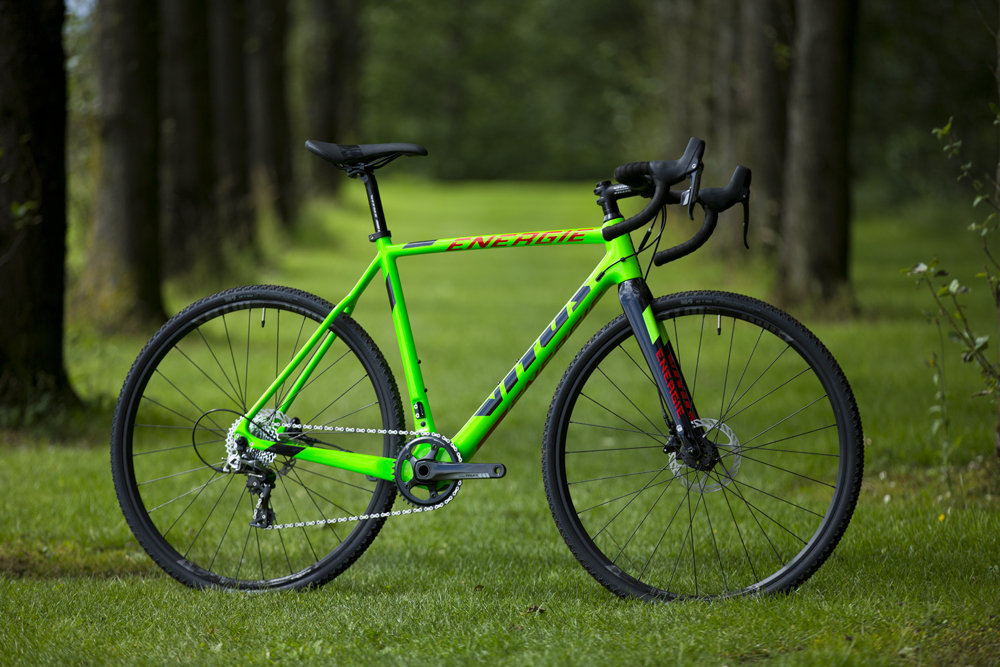How to choose the right gear for the right road
-

Road bike gears may seem complicated at first, but use them properly and you'll soon by riding much more efficiently
-

The latest road groupsets are now 11-speed, meaning the rear cassette has 11 sprockets
-

Experienced riders will change gear frequently to maintain a high cadence
-

Avoid 'cross-chaining', which means using a small/small or big/big combination, as this puts additional stress on components
How to choose the right gear for the right road
Go on any club run and you’ll soon spot the new rider simply because they’ll be the one who is constantly pushing a big which is too big, and they’ll look like they are churning the pedals.
That may be a generalisation but new riders will often leave the chain on the big ring at the front and then tire themselves out by pedalling inefficiently, out of the saddle on the slightest of climbs, pushing a gear which is too tall. Look at more experienced riders and you’ll see them shifting regularly, using both the front and rear derailleurs, to maintain an ideal cadence (the speed at which they are turning the pedals) of 80-100rpm. That, after all, is the benefit of gears over a single-speed bike – it allows you to choose the appropriate gear for the road before you, enabling you to ride more efficiently (that essentially means riding quicker for less effort, which can only be a good thing).
If you’re new to cycling, when it comes to getting the best from your gears the simplest thing is to start with the rear derailleur. Leave the chain on the smaller ring at the front for now and don’t worry about that for the time being. To begin a ride, you should have the chain somewhere in the middle of the cassette, in a gear that’s easy for you to turn from a standing start and keep pedalling. Too low and your legs will be spinning inefficiently, too high and it will soon hurt. Once you’re rolling along shift up to a higher gear (smaller sprocket) while maintaining the same cadence, and your speed will increase as a result. You’ll soon begin to find the balance between keeping your legs spinning and having enough pressure on the pedals – it’s that word again, efficiency.

On an incline, it’s simply a case of shifting back up the cassette to a lower gear (a larger sprocket). Keep doing this as necessary to maintain a reasonable cadence. Again, the aim is to keep the cranks spinning at between 80 and 100rpm, in order to keep your legs turning efficiently. This means shifting frequently to match your gear to the terrain, and maintain a smooth, consistent effort level. Of course, on the steepest roads you’ll have no choice but to drop the cadence below 80rpm and get out of the saddle, but the aim is to use your gears to keep it as close to this number as possible.
Now that shifting across the cassette is sorted it’s time to think about how and when to change gears across the chainrings at the front of the bike. In basic terms, use the small ring for climbs and easy spinning on the flat and the big ring for fast riding on the flat and downhill. In reality, it’s more intricate than that, but over time you will begin to learn what gear is best for the terrain.
Finally, let’s consider some common mistakes to avoid when using the gears on your road bike.





